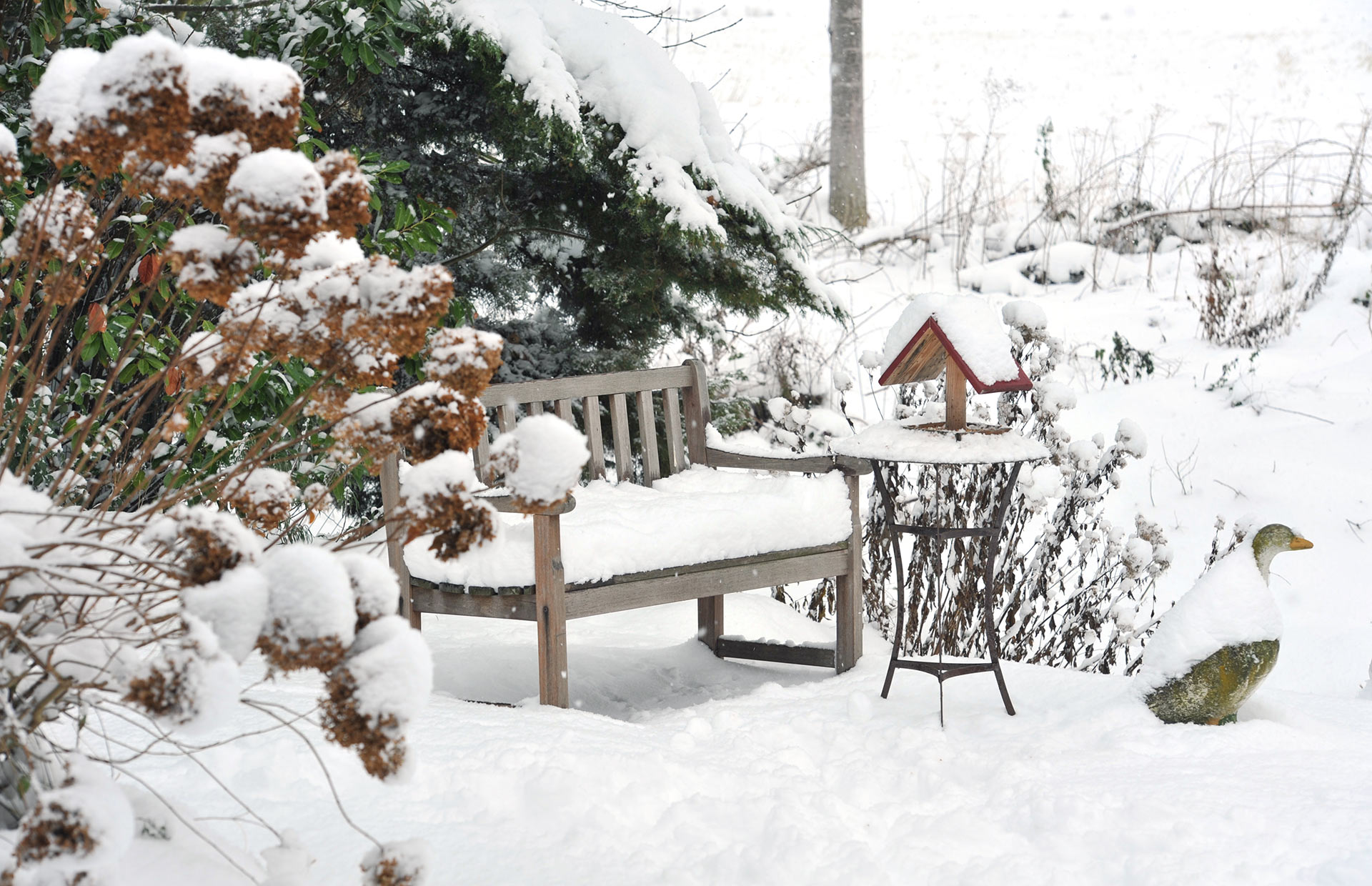

Articles
How To Prepare A Garden For Winter
Modified: October 30, 2024
Learn how to prepare your garden for the winter season with expert gardening tips and techniques. Keep your plants healthy and thriving throughout the colder months.
(Many of the links in this article redirect to a specific reviewed product. Your purchase of these products through affiliate links helps to generate commission for Storables.com, at no extra cost. Learn more)
Introduction
As the temperatures start to drop and the leaves turn vibrant shades of red and orange, it is a sign that winter is fast approaching. While many people associate gardening with the warm and sunny months of spring and summer, there is still plenty to do in the garden as the colder weather sets in. Preparing your garden for winter is essential to ensure its health and vitality, as well as set the stage for a successful garden the following year.
In this article, we will walk you through the steps to effectively prepare your garden for the winter season. From clearing and cleaning the garden to protecting tender plants, mulching the soil, and dealing with pest and disease issues, we will cover all the necessary tasks to ensure your garden thrives despite the freezing temperatures.
By following these recommendations, you can minimize damage to your garden and lay the foundation for a beautiful and vibrant garden come spring. So grab your gardening gloves, and let’s get started!
Key Takeaways:
- Prepare your garden for winter by clearing debris, pruning plants, protecting tender ones, mulching soil, checking structures, addressing pests, and storing tools. This sets the stage for a successful and vibrant garden in the coming seasons.
- Winter garden preparation involves clearing, pruning, protecting, mulching, checking, addressing pests, and storing tools. Tending to your garden’s needs during this time ensures a successful and beautiful garden in the following year.
Read more: How to Prepare Your Hot Tub for the Winter
Clearing and Cleaning the Garden
Before winter arrives, it is important to clear and clean your garden to remove any debris and prepare the space for the coming season. Start by removing fallen leaves, dead plants, and weeds from flower beds, vegetable gardens, and lawn areas. These materials can harbor pests and diseases over the winter, so it’s important to dispose of them properly.
After removing debris, it’s time to clean and sanitize your gardening tools. Use a wire brush or steel wool to remove any rust from metal tools, such as shovels and hoes. Wash tools with warm soapy water to remove dirt and grime, then dry them thoroughly before storing. This not only helps to prolong the life of your tools but also prevents the spread of diseases between plants.
Additionally, take the time to clean and disinfect any pots, planters, and trays that you plan to reuse in the next growing season. This helps eliminate any lingering pests or diseases that may have taken up residence in the containers. Use a solution of one part bleach to nine parts water, and scrub the surfaces thoroughly before rinsing with clean water.
Clearing and cleaning your garden not only improves its appearance but also reduces the risk of pests and diseases overwintering. It sets the stage for a healthier garden in the following year.
Pruning and Trimming Plants
Pruning and trimming your plants before winter sets in is a crucial step in maintaining their health and promoting new growth in the coming spring. Start by removing any dead, damaged, or diseased branches from trees and shrubs. This not only improves their overall appearance but also reduces the risk of the branches breaking under the weight of snow or ice.
When pruning, make clean cuts at a slight angle just above a bud or branch collar. Avoid leaving stubs, as they can attract insects and diseases. For large trees or branches that are out of reach, it is advisable to hire a professional arborist to ensure safe and proper pruning.
In addition to pruning, it’s also important to trim back herbaceous perennials and ornamental grasses. Cut them back to about 3 to 4 inches above the ground level. This helps prevent snow and ice from weighing them down, and also improves the circulation of air around the plant’s crown, reducing the risk of rot or fungal diseases.
However, it’s worth noting that not all plants should be pruned in the fall. Some plants, such as spring-blooming shrubs and trees, produce flowers on old wood. Pruning these now would result in cutting off next year’s blooms. It’s best to research specific plant varieties or consult with a knowledgeable gardener to determine the appropriate time for pruning.
Pruning and trimming your plants before winter not only improves their appearance but also helps maintain their overall health and vitality. This step ensures that they are well-prepared to withstand the harsh winter conditions and emerge stronger and more beautiful in the spring.
Protecting Tender Plants
Tender plants, such as delicate perennials and newly planted shrubs, are more susceptible to damage from freezing temperatures and harsh winter conditions. To protect them, consider implementing the following measures:
1. Mulching: Apply a layer of organic mulch around the base of tender plants. This helps insulate the roots, retain moisture, and regulate soil temperature. Use materials like straw, shredded leaves, or wood chips, and apply a layer of 2-3 inches deep. Avoid piling the mulch directly against the plant’s stem or trunk to prevent rot or pests.
2. Covering: For particularly fragile plants, consider covering them with protective materials, such as burlap or frost cloth. These materials act as a barrier against harsh winds and frost, providing an extra layer of insulation. Be sure to secure the coverings tightly to prevent them from blowing away during winter storms.
3. Potted Plant Protection: If you have potted plants that cannot withstand freezing temperatures, consider bringing them indoors or moving them to a sheltered location, such as a garage or shed. If this is not possible, group potted plants together and wrap them with burlap or bubble wrap to provide some insulation.
4. Watering: Keep an eye on the moisture levels of tender plants throughout the winter. While they may not need as much water as during the growing season, they still require some moisture. Water the plants before a deep freeze to prevent dehydration, and monitor them during dry spells to ensure they are adequately hydrated.
By taking these protective measures, you can help safeguard your tender plants from the harsh winter elements and increase their chances of survival. Remember to remove the protective coverings and mulch in the spring when the temperatures rise and the risk of frost has passed.
Mulching the Soil
Mulching the soil in your garden is a beneficial practice, especially as winter approaches. Mulch acts as a protective layer that helps to conserve moisture, regulate soil temperature, suppress weed growth, and improve soil health. Here’s how you can effectively mulch your garden for the winter:
1. Choose the right material: Opt for organic mulch, such as shredded leaves, straw, wood chips, or compost. These materials break down over time, enriching the soil with nutrients. Avoid using synthetic mulch or materials like plastic, as they do not provide the same benefits to soil health.
2. Apply an adequate thickness: Spread a layer of mulch 2-3 inches deep around plants and on bare soil. This thickness provides enough insulation while still allowing air and water to reach the soil. Avoid piling mulch too close to the stems or trunks of plants to prevent rot or pest issues.
3. Extend the coverage: Mulch not only protects individual plants but also helps insulate the entire garden bed. Extend the mulch layer beyond the plant’s drip line to cover the root zone. This helps prevent soil erosion, maintains moisture levels, and protects beneficial soil organisms during the winter months.
4. Mulch after the ground freezes: It’s best to wait until the ground has frozen before applying mulch. This prevents insulation from trapping moisture and creating a humid environment that can lead to rot or disease. Once the ground is frozen, apply the mulch around plants and over exposed soil surfaces.
5. Replenish mulch in spring: Over time, organic mulch breaks down and decomposes. Therefore, it’s important to replenish the mulch layer in spring. Remove any compacted or matted mulch and add a fresh layer of mulch to maintain its effectiveness throughout the growing season.
By mulching the soil in your garden, you create a protective barrier that helps regulate temperature and moisture, suppress weeds, and improve soil health. It is a simple yet effective technique to ensure the long-term health and vitality of your garden.
Before winter, clean up the garden by removing dead plants, mulch the soil to protect it from freezing, and cover delicate plants with burlap or frost cloth to insulate them from the cold.
Read more: How To Prepare For A Garden
Checking and Repairing Garden Structures
Winter storms can be harsh on garden structures, such as fences, trellises, and garden beds. It’s important to check these structures before winter arrives and make any necessary repairs to ensure their stability and longevity. Here’s what you can do:
1. Inspect fences and gates: Walk around the perimeter of your garden and check for any loose or damaged fence panels, posts, or gate hinges. Tighten any loose screws or bolts and replace any broken or rotted wood. Consider applying a fresh coat of weather-resistant paint or stain to protect the wood from winter moisture.
2. Evaluate trellises and arbors: Examine your trellises and arbors for any signs of damage or weakness. Check for loose or broken supports, and tighten or replace them as needed. Remove any dead or tangled vines to prevent them from causing further damage during winter storms.
3. Repair raised beds: If you have raised beds, inspect them for any cracks or rotting boards. Replace any damaged boards, and reinforce the structure if needed. You can also consider adding a layer of waterproof sealant or paint to prolong the life of the wood.
4. Reinforce plant supports: If you have tall or heavy plants, such as tomatoes or climbing roses, check their supports. Ensure that stakes or cages are firmly in place and can withstand strong winds or heavy snowfall. Add additional support if necessary to prevent plants from toppling over or breaking under the weight of snow or ice.
5. Secure garden structures: Take the time to secure any loose garden structures, such as arches, gazebos, or decorative features. Ensure that they are firmly anchored to the ground or sturdy base. Consider using stakes or guy wires to provide extra stability during winter storms.
By checking and repairing garden structures before winter, you can prevent potential damage and prolong their lifespan. This not only ensures the safety and integrity of your garden but also saves you time and effort when the gardening season resumes in the spring.
Dealing with Pests and Diseases
Pests and diseases can wreak havoc on your garden during winter if left unchecked. Taking proactive measures to address these issues will help safeguard your plants and ensure a healthier garden come spring. Here are some steps to deal with pests and diseases:
1. Remove infected or infested plants: Inspect your garden for any signs of pest infestation or disease. If you encounter plants that show severe damage or are heavily infested, it’s best to remove them from the garden. This prevents the spread of pests and diseases to other plants.
2. Clean up debris: Clear any fallen leaves, plant debris, and weeds from your garden. These can serve as hiding places for pests and a breeding ground for diseases. By removing organic matter, you reduce the likelihood of pests overwintering and diseases thriving.
3. Prune affected branches: If you notice any signs of disease, such as spotted leaves or cankers, prune affected branches immediately. Dispose of the pruned material away from the garden to prevent the spread of pathogens. Proper pruning also helps improve ventilation and light penetration, reducing the risk of fungal diseases.
4. Use organic pest control methods: Consider using organic pest control methods to combat common garden pests. This includes techniques such as handpicking insects, using insecticidal soaps or oils, or attracting beneficial insects like ladybugs and lacewings to prey on pests.
5. Apply dormant oil sprays: Since many pests and their eggs overwinter on plant surfaces, applying dormant oil sprays in late winter or early spring can help smother and kill overwintering pests. Be sure to follow the instructions on the product label and apply when temperatures are above freezing.
6. Practice crop rotation: If you have a vegetable garden, practicing crop rotation can help deter the buildup of diseases in the soil. By rotating crops every year, you prevent pathogens from infecting the same plant family repeatedly and maintain the long-term health of the soil.
7. Seek professional help if needed: If you are struggling with persistent or severe pest and disease issues, don’t hesitate to seek advice from a professional gardener or extension service. They can provide guidance on specific pest control methods or recommend targeted treatments for challenging diseases.
By addressing pests and diseases in your garden during winter, you give your plants the best chance to thrive in the coming seasons. Taking preventative measures and acting promptly will help you maintain a healthy and beautiful garden year-round.
Properly Storing Garden Tools
As the gardening season winds down, it’s important to properly store your garden tools to protect them from the harsh winter conditions and ensure their longevity. Proper storage not only prevents rust and damage but also makes it easier to locate and access tools when you need them. Here are some tips for storing garden tools:
1. Clean and dry the tools: Before storing, thoroughly clean your garden tools to remove dirt, debris, and plant residue. Use a wire brush or steel wool to remove any rust from metal parts. After cleaning, make sure to dry the tools thoroughly to prevent moisture from causing rust or corrosion.
2. Sharpen and oil blades: If your tools have cutting blades, such as pruners or shears, take the time to sharpen them. Sharp blades make gardening tasks easier and more efficient. After sharpening, apply a thin coat of oil to prevent rusting and keep the blades in good condition during storage.
3. Organize and declutter: Arrange your tools in a systematic way to make them easily accessible. Hang them on a pegboard or use hooks and tool racks to keep everything in order. Remove any unnecessary items or broken tools to declutter your storage space.
4. Store in a dry location: Choose a dry location for storing your tools, such as a garage, shed, or basement. Avoid storing them in damp areas, as moisture can lead to rust and damage. If the storage area is prone to humidity, consider using a dehumidifier or silica gel packs to keep the air dry.
5. Use protective covers or sheaths: For long-handled tools, consider using protective covers or sheaths to prevent them from scratching or damaging other tools. You can use PVC pipe or old pool noodles to create custom covers for the sharp ends of pruners or shovels.
6. Hang or store tools upright: To save space and prevent damage, hang most tools on hooks or store them upright in a bucket with sand or gravel to keep them organized and prevent them from falling over. For smaller handheld tools, consider using a tool tray or toolbox with compartments.
7. Maintain tools regularly: Throughout the storage period, periodically check your tools for any signs of rust, damage, or wear. Replace any broken or worn-out parts and lubricate hinges and moving parts to keep everything in good working condition.
By properly storing your garden tools, you can extend their lifespan and ensure that they are ready for use when the gardening season resumes. Taking the time to clean, organize, and protect your tools now will save you time and money in the long run.
Conclusion
Preparing your garden for winter is a vital step in maintaining its health and vitality. By following the necessary steps, such as clearing and cleaning the garden, pruning plants, protecting tender plants, mulching the soil, checking and repairing garden structures, dealing with pests and diseases, and properly storing garden tools, you set the stage for a successful garden in the coming seasons.
Clearing and cleaning the garden helps eliminate potential breeding grounds for pests and diseases, while pruning plants promotes healthy growth and reduces the risk of winter damage. Protecting tender plants with mulch and covers ensures their survival and resilience in the face of freezing temperatures. Checking and repairing garden structures prevents damage from winter storms, while addressing pests and diseases safeguards the overall health of your garden. Lastly, properly storing garden tools ensures their longevity and keeps them in good working condition for years to come.
As winter takes hold, it’s important to remember that your garden is not dormant but rather undergoing a period of rest and preparation. By tending to your garden’s needs during this time, you set the foundation for a successful and vibrant garden in the following year.
So, grab your gloves and get to work – prepare your garden for winter and watch it flourish when spring returns. With proper care and attention, your garden will reward you with beauty, abundance, and a sense of fulfillment in your green thumb endeavors.
Frequently Asked Questions about How To Prepare A Garden For Winter
Was this page helpful?
At Storables.com, we guarantee accurate and reliable information. Our content, validated by Expert Board Contributors, is crafted following stringent Editorial Policies. We're committed to providing you with well-researched, expert-backed insights for all your informational needs.
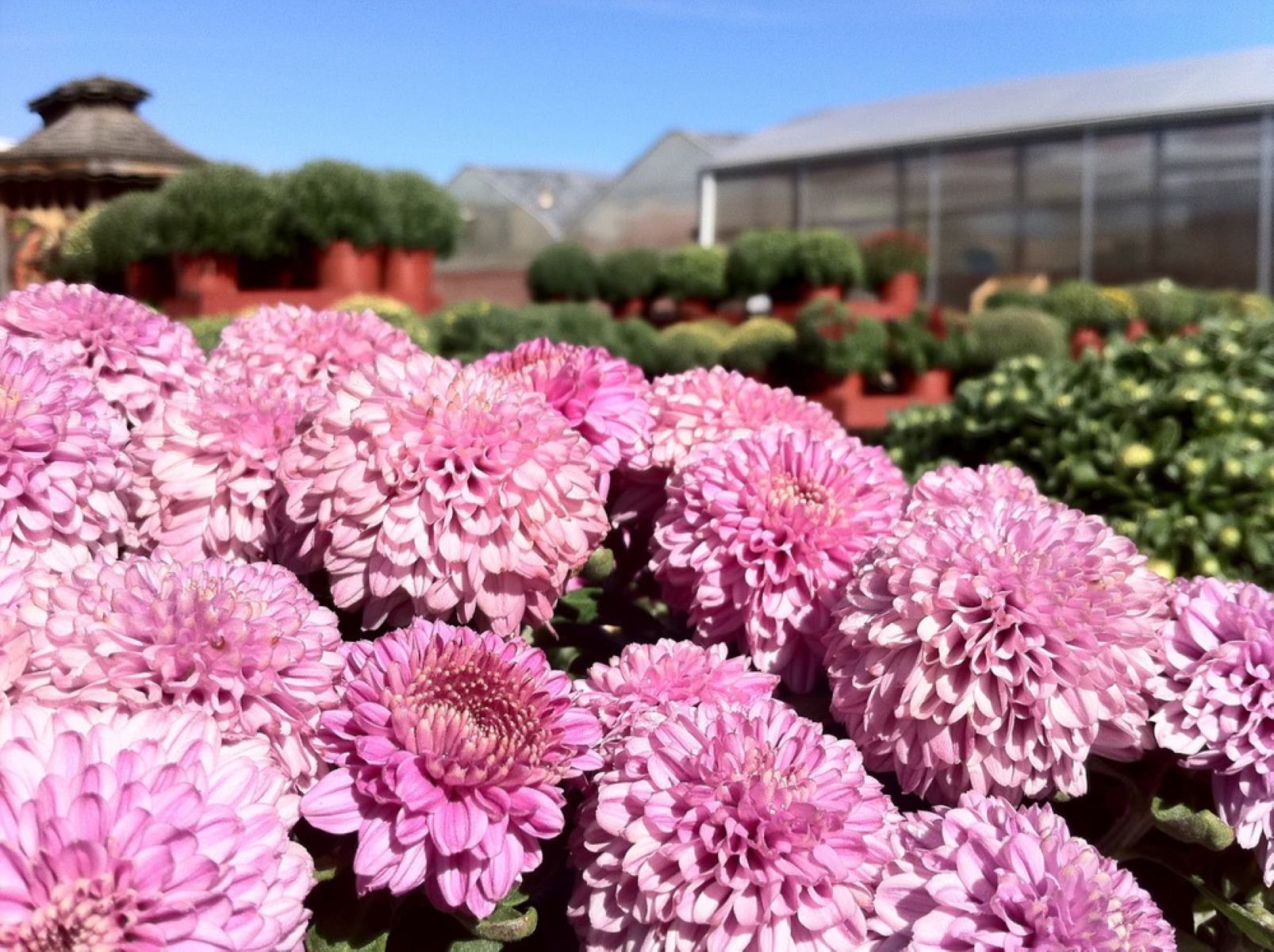
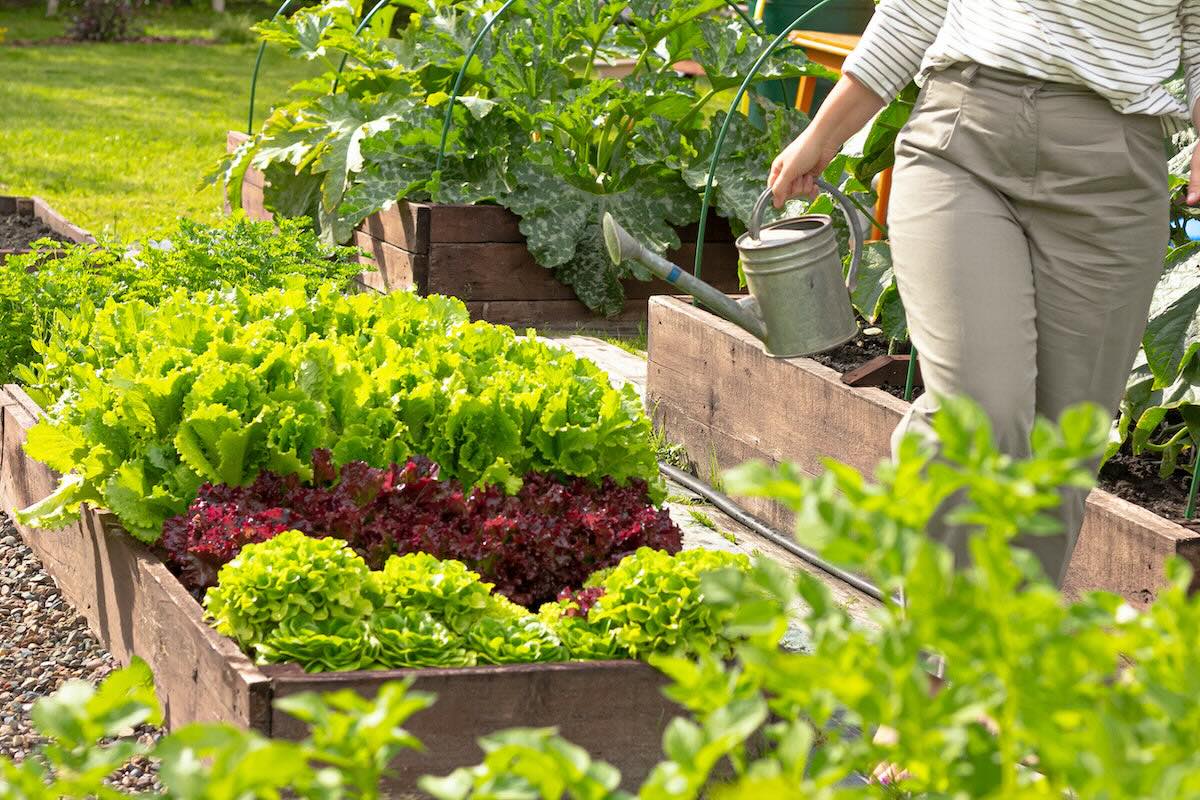
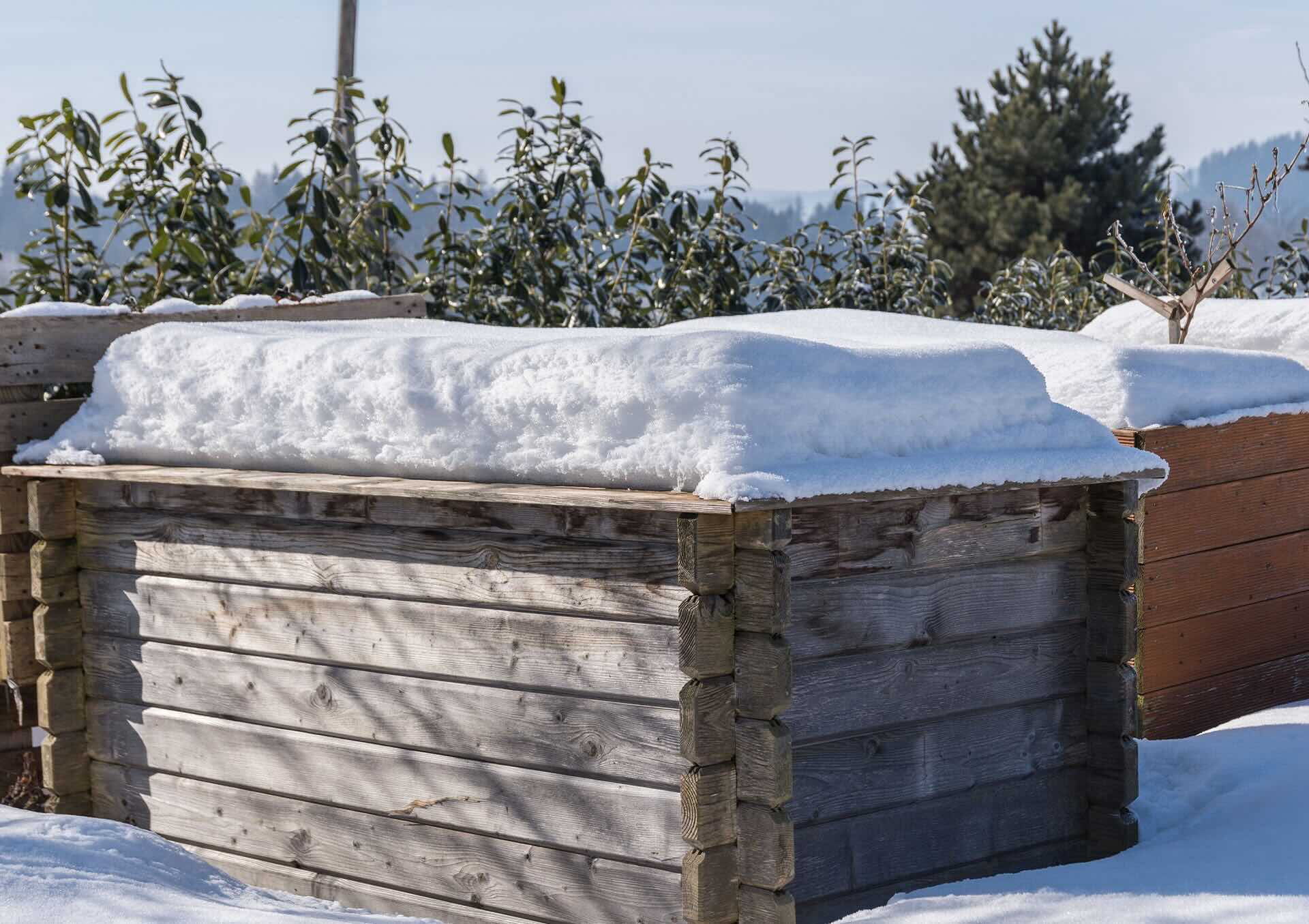

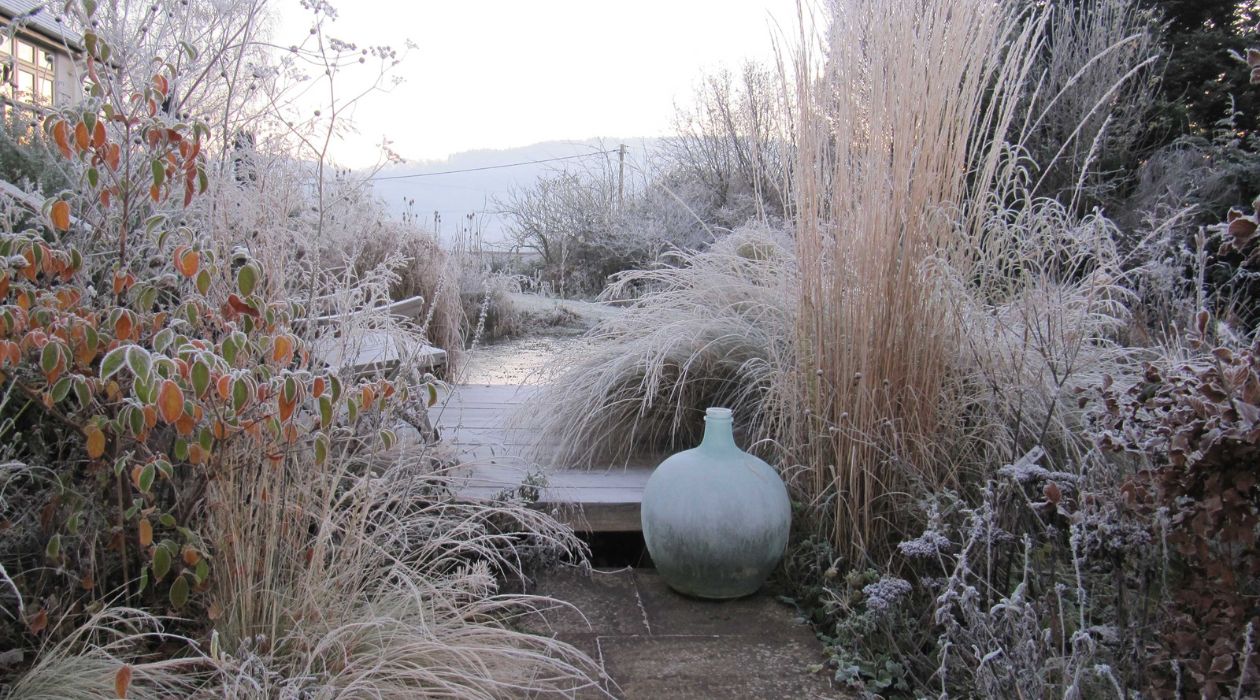

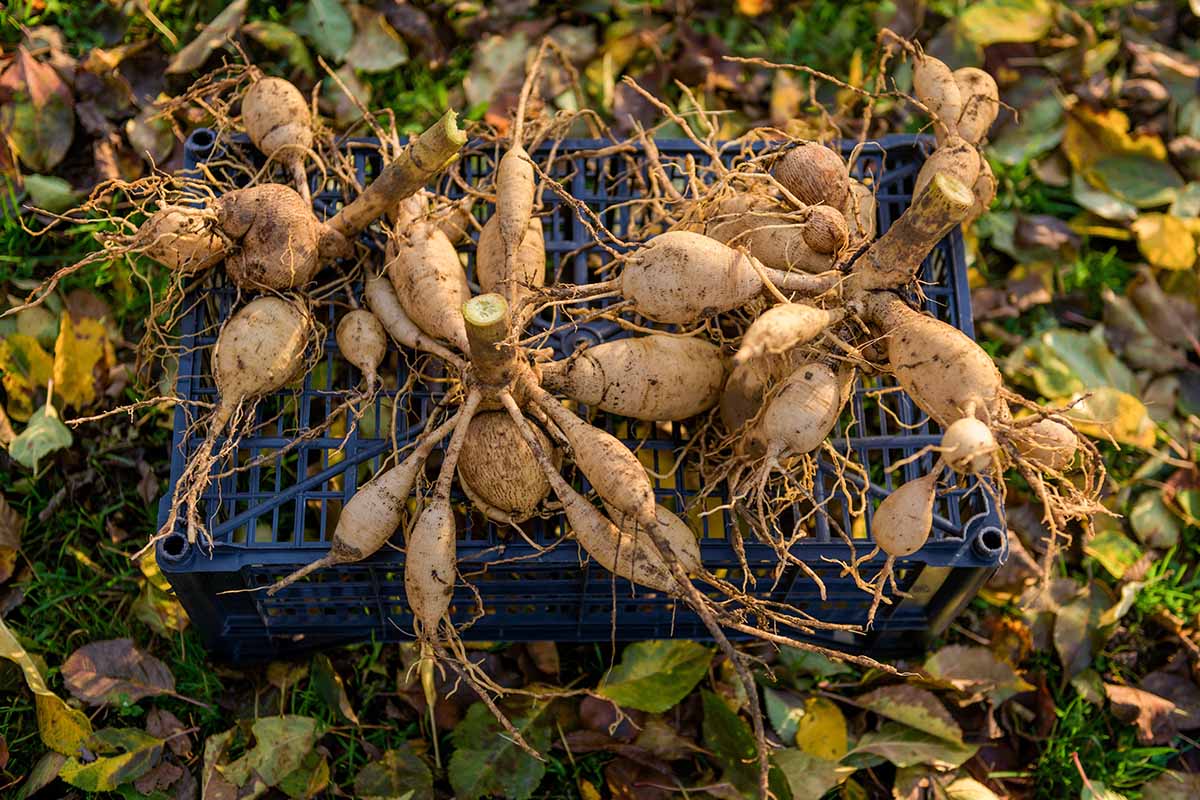
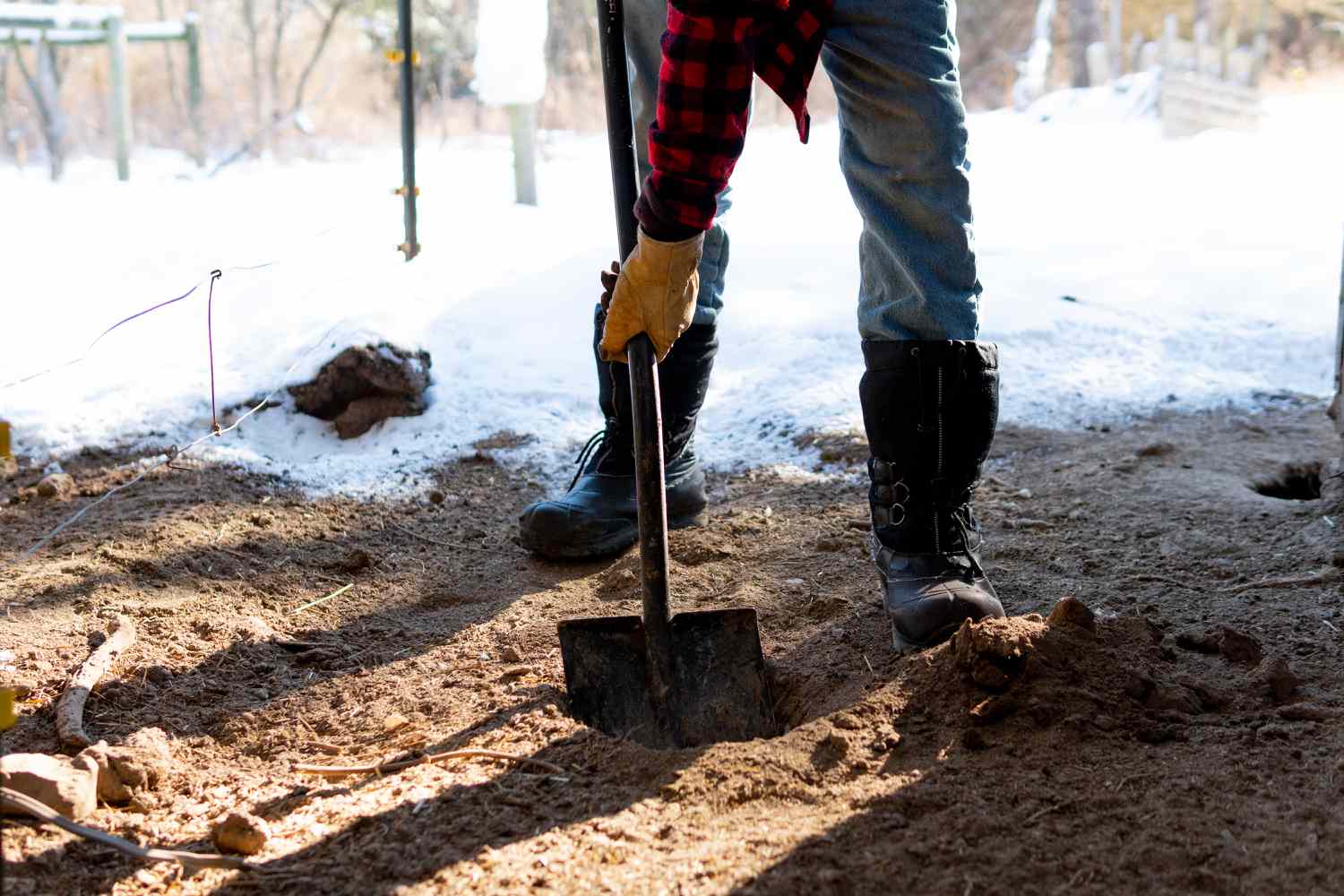
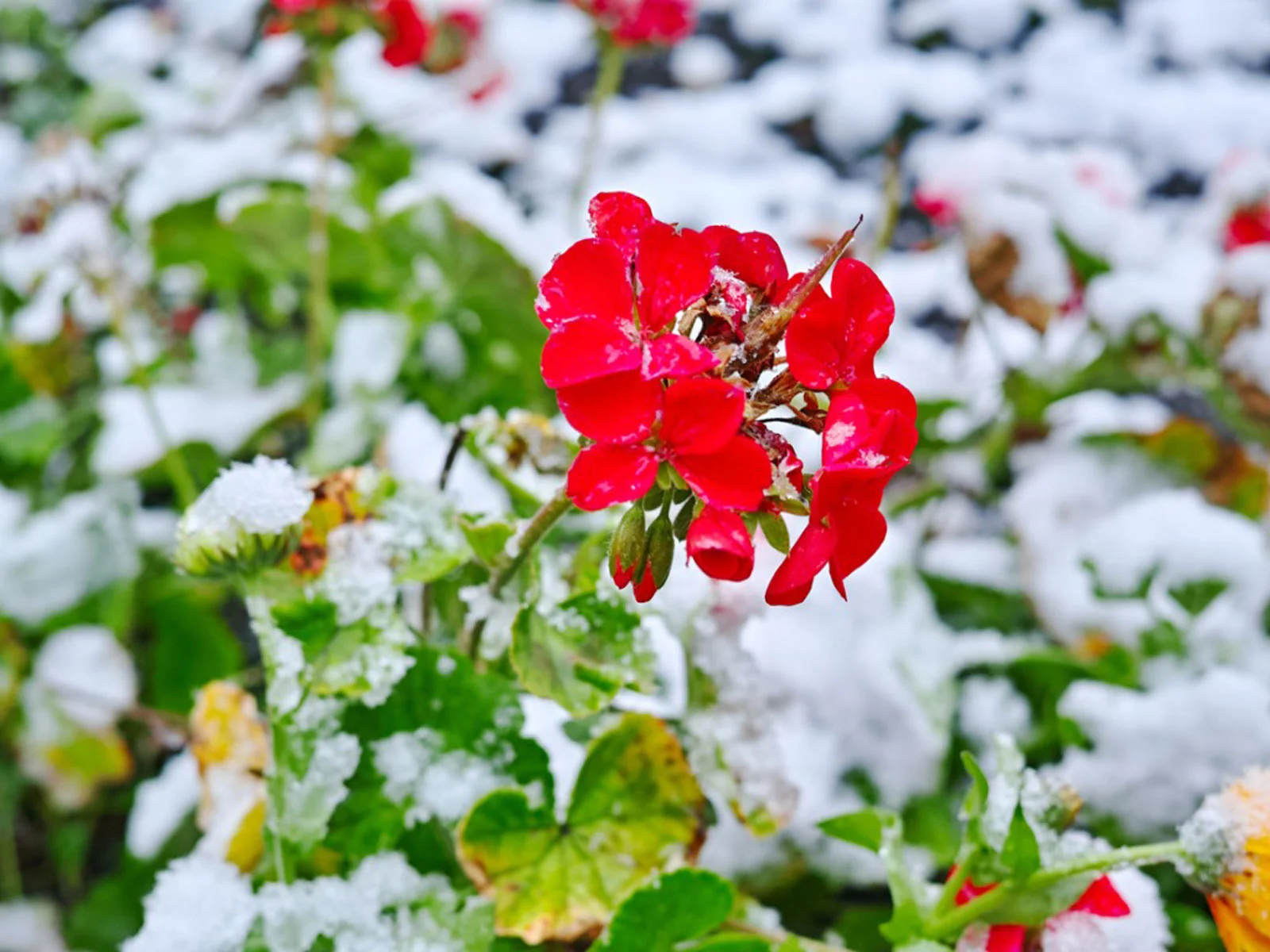
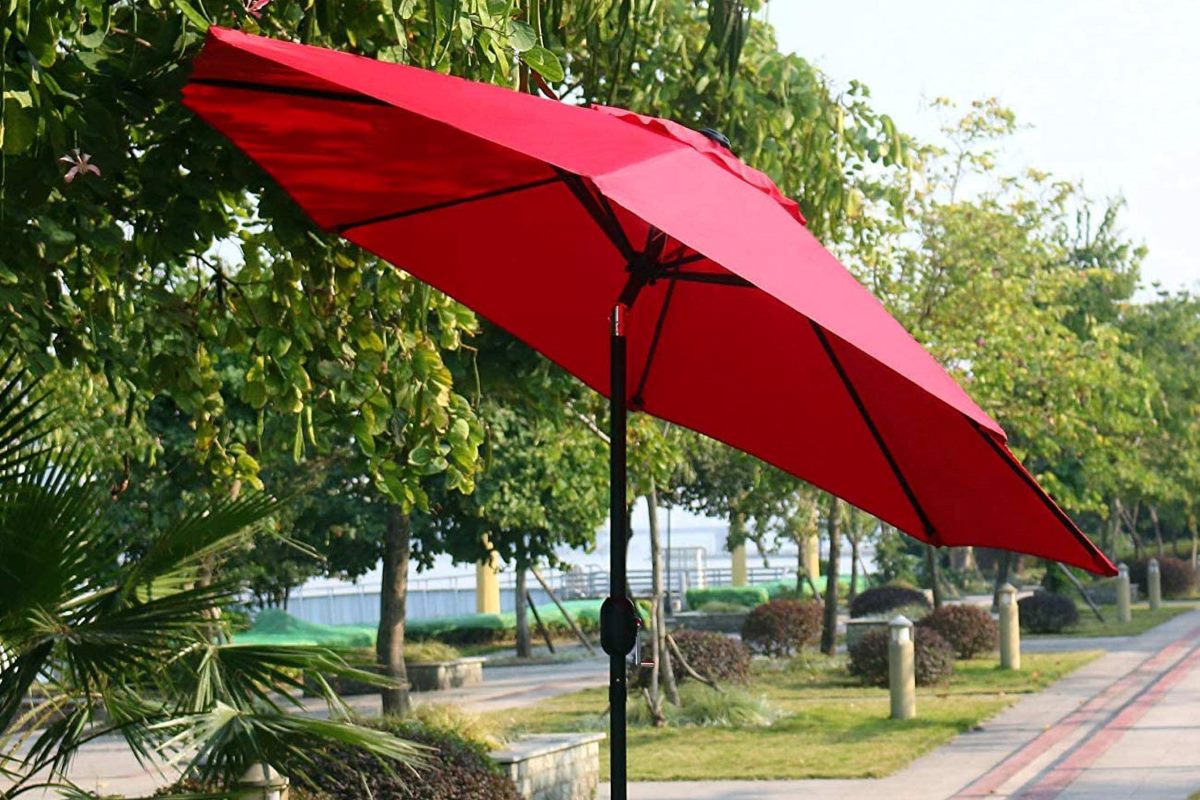
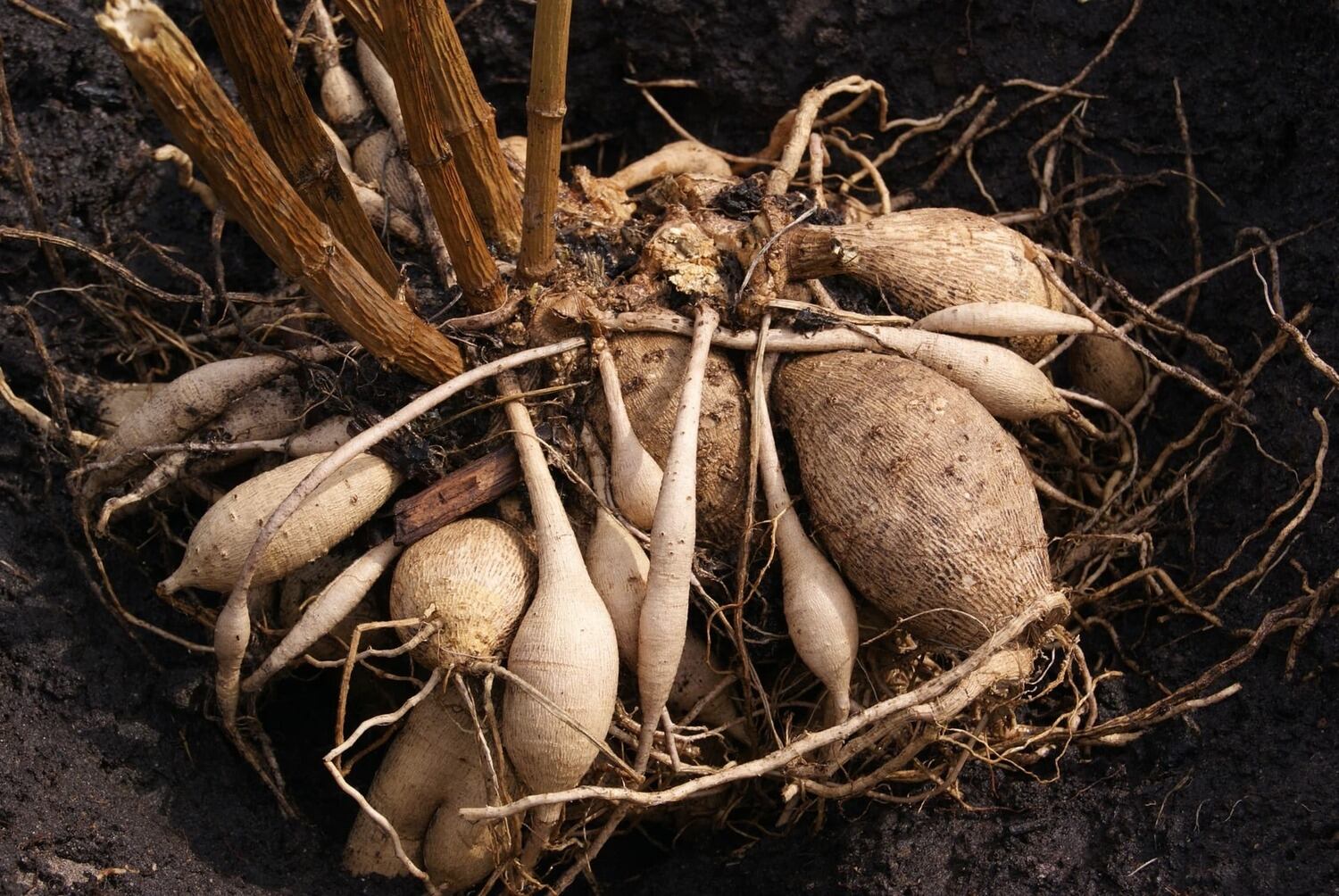


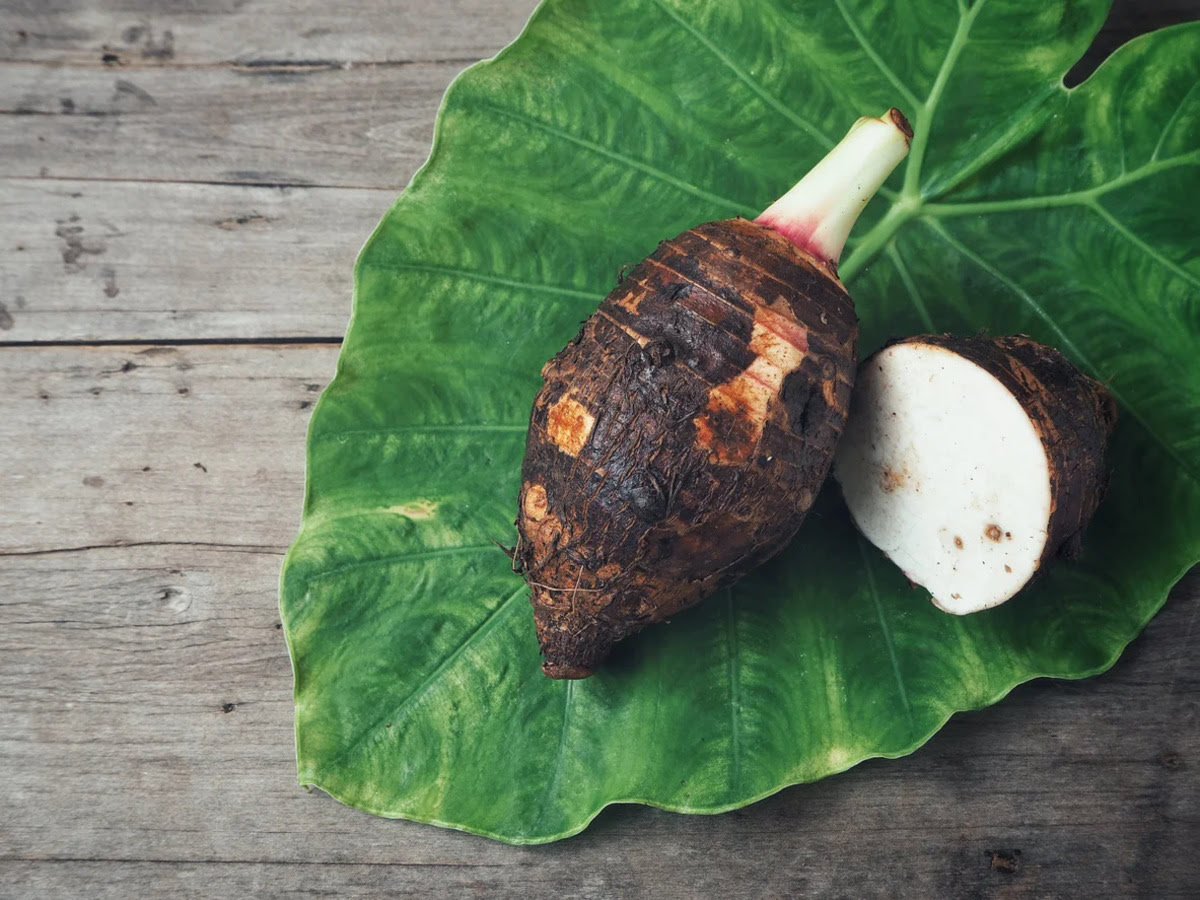

0 thoughts on “How To Prepare A Garden For Winter”